Ford E-Transit Review 2025
Ford E-Transit At A Glance
The E-Transit is Ford's new large electric van. It will cover up to 196 miles on a single charge and offer payloads up to 1758kg. The E-Transit is available as a panel van, double-cab-in-van and chassis cab body styles with multiple lengths and roof heights.
Prices start from £42,695 (excluding VAT) but Ford claims service maintenance and repair cost of ownership for the E-Transit will be 40 per cent lower than equivalent diesel-powered models.
Gross vehicle weights will range from 3.5 to 4.25 tonnes, which means Category B licence holders will be able to drive the largest version of the E-Transit without the need for additional training. Power will come from an electric motor with a choice of 135kW or 198kW maximum output, with the latter producing a whopping 430Nm of torque.
Ford says the E-Transit can charge from 15 - 80 per cent in just 34 minutes from a 115kW DC fast charger. An overnight full charge from a standard 230-volt AC supply takes just over eight hours. What's more, due to the batteries being stored under the vehicle floor, the E-Transit will match the rear-wheel Transit's maximum loadspace of 15 cubic metres.
Model History
August 2021
Ford’s E-Transit commercial vehicle will provide businesses with a new benchmark for electric vehicle productivity, value and ownership experience when it comes to market next year, as the production vehicle makes its European public debut at the CV Show 2021 in Birmingham.
With its class-leading battery size, range, motor power and unique exportable power feature, the all-electric version of the world’s best-selling cargo van will offer unmatched performance. This capability is complemented by comprehensive support for vehicle charging, an enhanced level of standard equipment featuring the latest intelligent driver assistance and safety systems, and an entire integrated suite of software and services to optimise efficiency and cost of ownership.
Ford also announced that E-Transit would be highly competitively priced in the marketplace, to help accelerate adoption of electric vehicles, with pricing starting from £42,695 (excluding VAT) as order books open from October.
The new E-Transit is a key part of Ford Pro – the manufacturer’s new worldwide sales and servicing business centred around improving commercial vehicle customers’ productivity with cutting-edge products and services.
The Ford E-Transit is designed to satisfy a wide range of customer use-cases, with a 68kWh usable battery capacity as standard, providing a best-in-class targeted driving range of up to 196 miles WLTP. 1 True Transit capability is delivered by the powerful motor offering 430Nm of torque (with a choice of 135kW or 198kW maximum output), payloads up to 1,758kg 2 on the van model, and a comprehensive range of 25 variants with van, double-cab-in-van and chassis cab body styles with multiple lengths and roof heights and GVMs from 3.5 to 4.25 tonnes.
For maximum on-site productivity, operators can specify exportable power via the unique ProPower Onboard feature, which delivers up to 2.3kW from standard plug sockets in the cab and load area, to power tools, lights, laptops and conversions such as refrigeration units.
The E-Transit can charge from 15 per cent to 80 per cent in 34 minutes from a 115kW DC fast charger. An overnight full charge from a standard 230-volt AC supply takes just over eight hours.


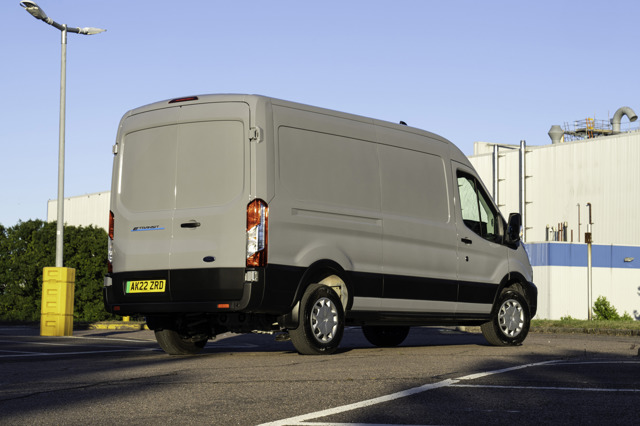
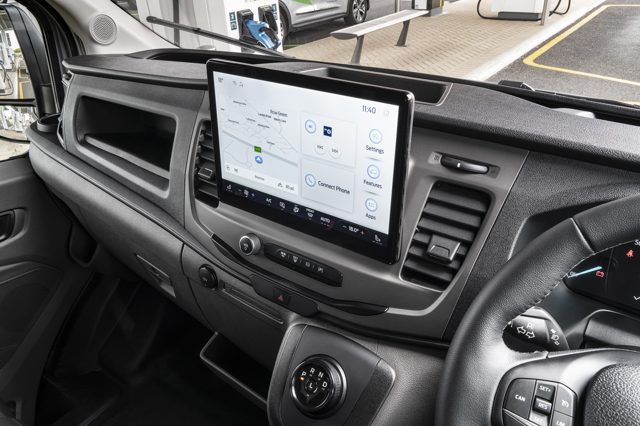
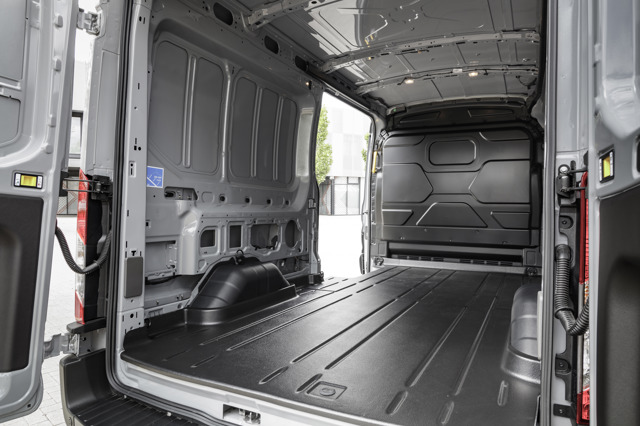
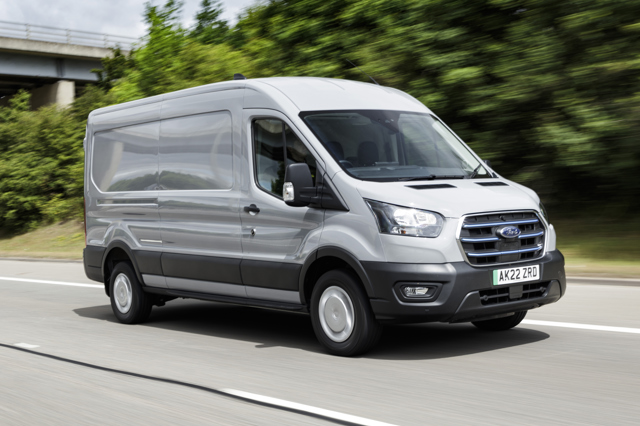
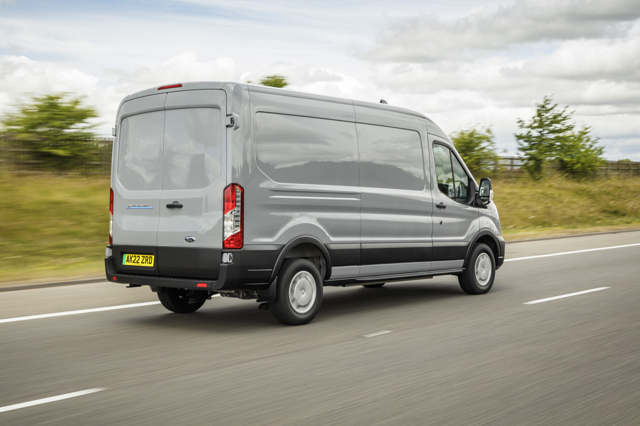
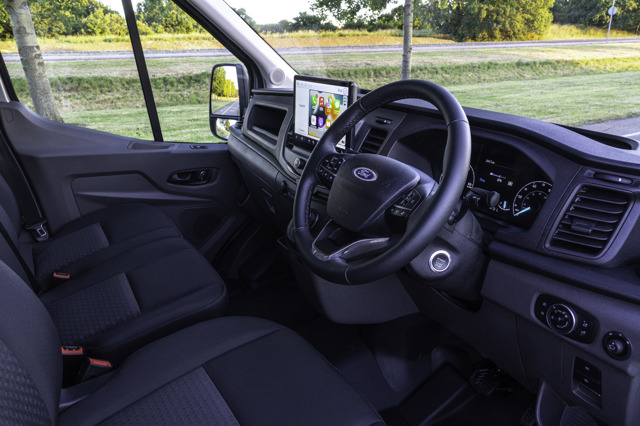
 Affordable large electric van, powerful electric motor, same carrying capacity as the largest versions of the diesel Transit.
Affordable large electric van, powerful electric motor, same carrying capacity as the largest versions of the diesel Transit.
 Not available until 2022.
Not available until 2022.